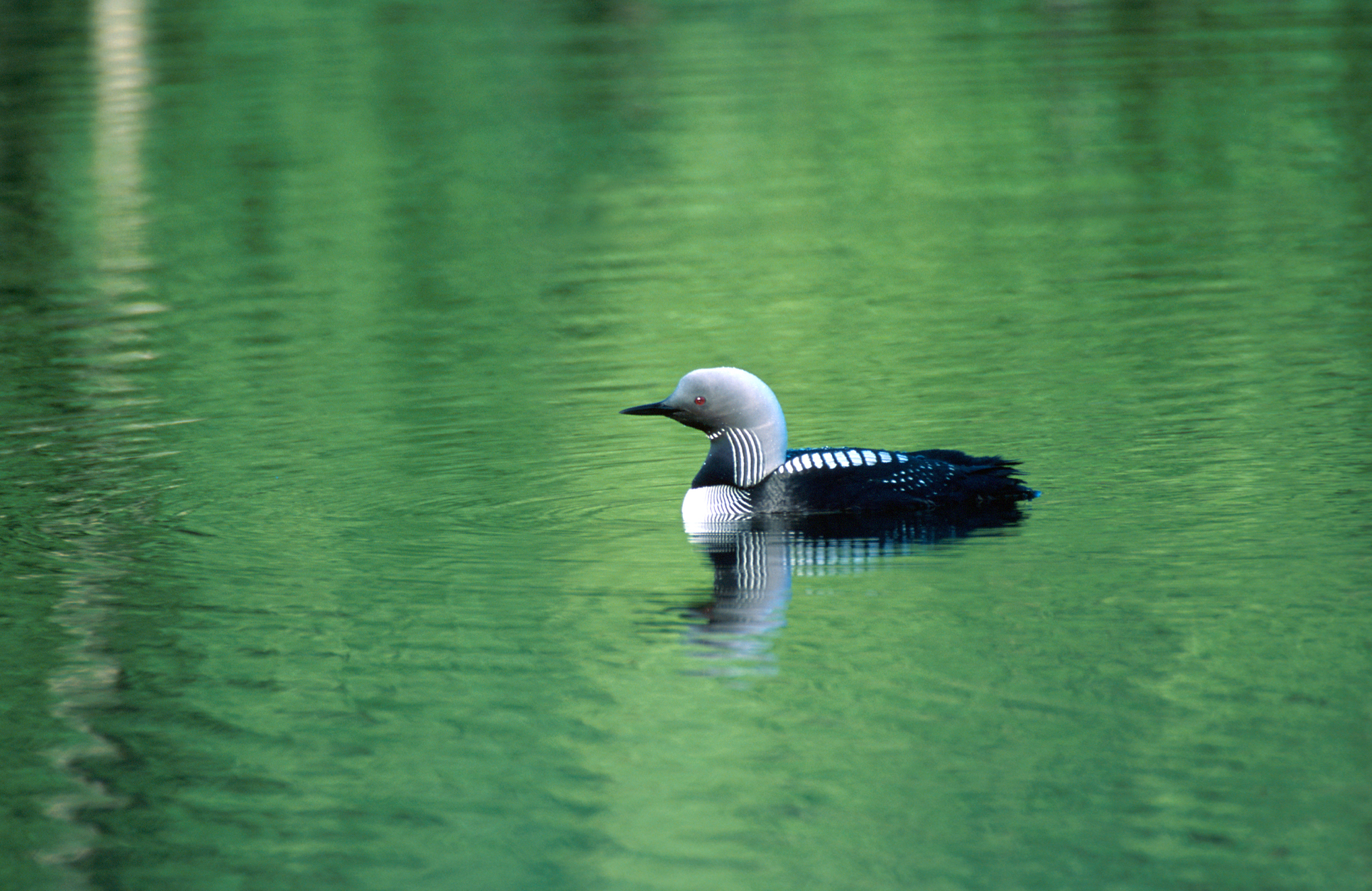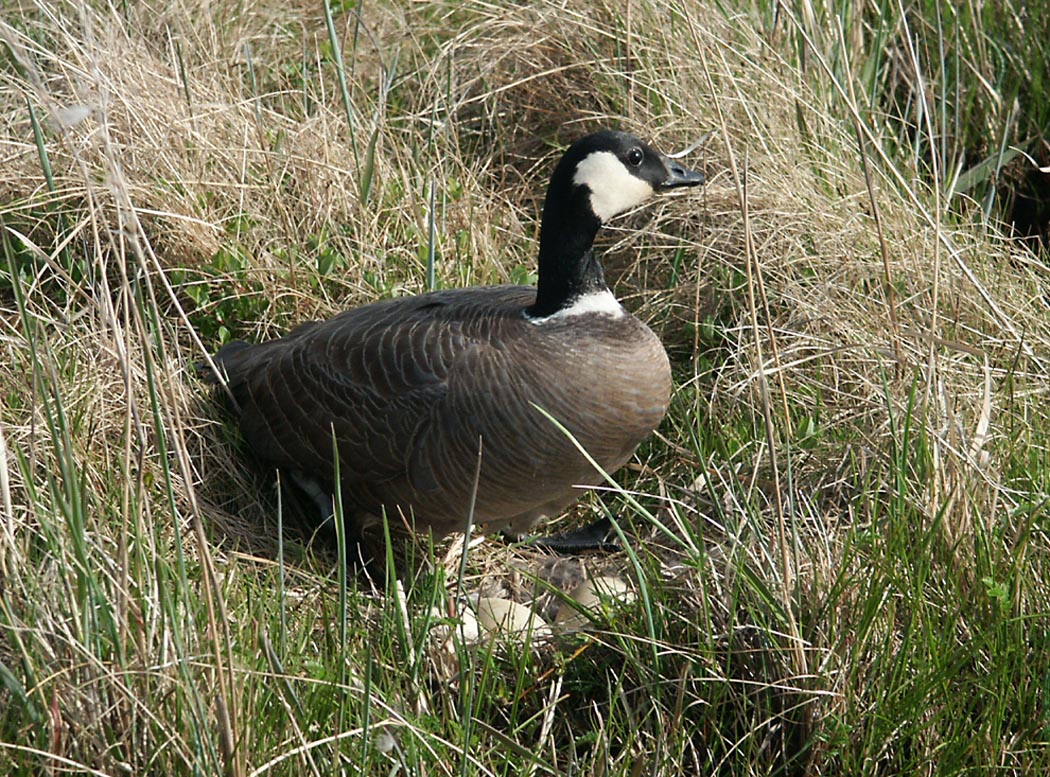|
Tahiryuak Lake
Tahiryuaq, formerly Tahiryuak Lake, is a lake located in the Canadian Arctic's Northwest Territories. It is situated in northcentral Victoria Island, north of Prince Albert Sound, southeast of Minto Inlet. The lake is populated with Arctic char It is designated as a Key Habitat Site because of the high density of nesting king eiders. In addition, notable populations of Arctic tern, cackling goose, long-tailed duck, Pacific loon, pomarine jaeger, and Sabine's gulls frequent the area. Tahiryuak was a caribou hunting region of the Haneragmiut and the Kanianermiut Copper Inuit Copper Inuit, also known as Kitlinermiut and Inuinnait, are a Canadian Inuit group who live north of the tree line, in what is now the Kitikmeot Region of Nunavut and in the Inuvialuit Settlement Region in the Inuvik Region of the Northwest Ter .... See also * List of lakes of the Northwest Territories References {{authority control Victoria Island (Canada) Tahiryuak Ornithology ... [...More Info...] [...Related Items...] OR: [Wikipedia] [Google] [Baidu] |
Victoria Island (Canada)
Victoria Island ( ikt, Kitlineq, italic=yes) is a large island in the Arctic Archipelago that straddles the boundary between Nunavut and the Northwest Territories of Canada. It is the eighth-largest island in the world, and at in area, it is Canada's second-largest island. It is nearly double the size of Newfoundland (), and is slightly larger than the island of Great Britain () but smaller than Honshu (). The western third of the island lies in the Inuvik Region of the Northwest Territories; the remainder is part of Nunavut's Kitikmeot Region. The island is named after Queen Victoria, the Canadian sovereign from 1867 to 1901 (though she first became Queen in 1837). The features bearing the name "Prince Albert" are named after her consort, Albert. History In 1826 John Richardson saw the southwest coast and called it " Wollaston Land". In 1839 Peter Warren Dease and Thomas Simpson followed its southeast coast and called it "Victoria Land". A map published by John Barro ... [...More Info...] [...Related Items...] OR: [Wikipedia] [Google] [Baidu] |
Long-tailed Duck
The long-tailed duck (''Clangula hyemalis''), formerly known as oldsquaw, is a medium-sized sea duck that breeds in the tundra and taiga regions of the arctic and winters along the northern coastlines of the Atlantic and Pacific Oceans. It is the only member of the genus ''Clangula''. Taxonomy The long-tailed duck was formally described by the Swedish naturalist Carl Linnaeus in 1758 in the tenth edition of his ''Systema Naturae''. He placed it with all the other ducks in the genus ''Anas'' and coined the binomial name ''Anas hyemalis''. Linnaeus cited the English naturalist George Edwards's description and illustration of the "Long-tailed duck from Hudson's-Bay" that had been published in 1750 in the third volume of his ''A Natural History of Uncommon Birds''. This duck is now the only species placed in the genus ''Clangula'' that was introduced in 1819 to accommodate the long-tailed duck by the English zoologist William Leach in an appendix to John Ross's account of his vo ... [...More Info...] [...Related Items...] OR: [Wikipedia] [Google] [Baidu] |
List Of Lakes Of The Northwest Territories
This is an incomplete list of lakes of the Northwest Territories in Canada. Larger lake statistics "The total area of a lake includes the area of islands. Lakes lying across provincial boundaries are listed in the province with the greater lake area." List of lakes See also *List of lakes of Canada This is a partial list of lakes of Canada. Canada has an extremely large number of lakes, with the number of lakes larger than three square kilometres being estimated at close to 31,752 by the Atlas of Canada. Of these, 561 lakes have a surface ar ... References {{Northwest Territories hydrography Lakes ... [...More Info...] [...Related Items...] OR: [Wikipedia] [Google] [Baidu] |
Copper Inuit
Copper Inuit, also known as Kitlinermiut and Inuinnait, are a Canadian Inuit group who live north of the tree line, in what is now the Kitikmeot Region of Nunavut and in the Inuvialuit Settlement Region in the Inuvik Region of the Northwest Territories. Most of them historically lived in the area around Coronation Gulf, on Victoria Island, and southern Banks Island. Their western boundary was Wise Point, near Dolphin and Union Strait. Their northwest territory was the southeast coast of Banks Island. Their southern boundary was the eastern shore of Great Bear Lake, Contwoyto Lake and Lake Beechey on the Back River. To the east, the Copper Inuit and the Netsilingmiut were separated by Perry River in Queen Maud Gulf. While Copper Inuit travelled throughout Victoria Island, to the west, they concentrated south of Walker Bay, while to the east, they were concentrated south of Denmark Bay. As the people have no collective name for themselves, they have adopted the English term "C ... [...More Info...] [...Related Items...] OR: [Wikipedia] [Google] [Baidu] |
Haneragmiut
Haneragmiut were a geographically defined Copper Inuit subgroup in the Canadian territory of Nunavut. They were the most westerly band of those that hunted in southern Victoria Island. They were generally located on the north shore of Dolphin and Union Strait, north of Cape Bexley, and south of Prince Albert Sound, on Victoria Island. Though they migrated seasonally both north and south for hunting, fishing, and trade, they were unaware that Victoria Island was an island. Ethnology Arctic explorer Vilhjalmur Stefansson discovered the Hanergmiut on May 17, 1910. At the time, the Haneragmiut numbered approximately 40 people. Seasonally, a few Haneragmiut hunted and traded to the south on the mainland with another Cape Bexley subgroup, the Akuliakattagmiut, while other Haneragmiut migrated as far north as Tahiryuak Lake to hunt caribou with the Kanianermiut. The Ekalluktogmiut were situated to the east of the Haneragmiut. After his return to Seattle and New York City in 1912, Stefa ... [...More Info...] [...Related Items...] OR: [Wikipedia] [Google] [Baidu] |
Reindeer
Reindeer (in North American English, known as caribou if wild and ''reindeer'' if domesticated) are deer in the genus ''Rangifer''. For the last few decades, reindeer were assigned to one species, ''Rangifer tarandus'', with about 10 subspecies. A 2022 revision of the genus elevated five of the subspecies to species (see Taxonomy below). They have a circumpolar distribution and are native to the Arctic, sub-Arctic, tundra, boreal forest, and mountainous regions of northern Europe, Siberia, and North America. Reindeer occur in both migratory and sedentary populations, and their herd sizes vary greatly in different regions. The tundra subspecies are adapted for extreme cold, and some are adapted for long-distance migration. Reindeer vary greatly in size and color from the smallest species, the Svalbard reindeer (''R. t. platyrhynchus''), to the largest subspecies, Osborn's caribou (''R. t. osborni''). Although reindeer are quite numerous, some species and subspecies are in d ... [...More Info...] [...Related Items...] OR: [Wikipedia] [Google] [Baidu] |
Sabine's Gull
Sabine's gull ( ) (''Xema sabini'') also known as the fork-tailed gull or xeme, is a small gull. It is the only species placed in the genus ''Xema''. It breeds in colonies on coasts and tundra, laying two or three spotted olive-brown eggs in a ground nest lined with grass. Sabine's gull is pelagic outside the breeding season. It takes a wide variety of mainly animal food, and will eat any suitable small prey. Taxonomy Sabine's gull was formally described in 1819 by the naturalist Joseph Sabine under the binomial name ''Larus sabini''. Sabine based his description on specimens that had been collected by his brother Captain Edward Sabine who had accompanied Captain John Ross's on a voyage to look for the Northwest Passage. The birds were found breeding on low lying islands off the west coast of Greenland in July 1818. Sabine's gull is now the only species placed in the genus ''Xema'' that was introduced in 1819 by the zoologist William Leach in an appendix to Ross's account of th ... [...More Info...] [...Related Items...] OR: [Wikipedia] [Google] [Baidu] |
Pomarine Jaeger
The pomarine jaeger (''Stercorarius pomarinus''), pomarine skua, or pomatorhine skua, is a seabird in the skua family Stercorariidae. It is a migrant, wintering at sea in the tropical oceans. Taxonomy Its relationships are not fully resolved; its mitochondrial DNA is most similar to the great skua, but from morphology and behavior, it is closer to the lesser skuas (such as the parasitic jaeger). The most likely explanation is extensive hybridization between the great and one species of lesser skuas, which resulted in a hybrid population that eventually evolved into a distinct species, the pomarine jaeger; or alternatively between the pomarine and a species of Southern Hemisphere skua, with the great skua being the hybrid offspring, perhaps appearing as recently as the 15th century. Judging from characteristics of the skeleton and behavior, the former seems more likely, as the pomarine jaeger shares several similarities with the "Catharacta" skuas, while the great skua does ... [...More Info...] [...Related Items...] OR: [Wikipedia] [Google] [Baidu] |
Pacific Loon
The Pacific loon or Pacific diver (''Gavia pacifica''), is a medium-sized member of the loon, or diver, family. Taxonomy and etymology The Pacific loon, previously considered conspecific with the similar black-throated loon, was classified as a separate species in 1985. The genus name ''Gavia'' comes from the Latin for "sea mew", as used by ancient Roman naturalist Pliny the Elder. The specific epithet ''pacifica'' is Latin for the Pacific Ocean, the term meaning "peaceful". The phylogeny of this species is debated, with the black-throated loon and the Pacific loon traditionally being considered sister species, whereas a study using mitochondrial and nuclear intron DNA supported placing the black-throated loon sister to a clade consisting of the Pacific loon and the two sister species that are the common loon and the yellow-billed loon. In the former phylogeny, the split between the Pacific loon and the black-throated loon is proposed to have happened about 6.5 million yea ... [...More Info...] [...Related Items...] OR: [Wikipedia] [Google] [Baidu] |
Cackling Goose
The cackling goose (''Branta hutchinsii'') is a species of goose found in North America. Description The black head and neck with white "chinstrap" distinguish this goose from all other geese except the larger Canada goose (''Branta canadensis'') and the similarly sized barnacle goose (''B. leucopsis''). There are up to 5 subspecies of cackling goose, of varying sizes and plumage details. The female looks virtually identical but is slightly lighter and has a different voice. Some are hard to distinguish from the Canada goose, with which the cackling goose was long assumed to form one species, the cackling goose and the smaller Canada goose subspecies being called the lesser Canada goose. The smallest Cackling geese (''B. h. minima'') are much smaller than any Canada goose, but the subspecies ''B. h. hutchinsii'', at up to , grows to the same size as some Canada geese. The distinctness of the extinct population of the Komandorski and Kuril Islands ''B. h. asiatica'' is controvers ... [...More Info...] [...Related Items...] OR: [Wikipedia] [Google] [Baidu] |
Northwest Territories
The Northwest Territories (abbreviated ''NT'' or ''NWT''; french: Territoires du Nord-Ouest, formerly ''North-Western Territory'' and ''North-West Territories'' and namely shortened as ''Northwest Territory'') is a federal territory of Canada. At a land area of approximately and a 2016 census population of 41,790, it is the second-largest and the most populous of the three territories in Northern Canada. Its estimated population as of 2022 is 45,605. Yellowknife is the capital, most populous community, and only city in the territory; its population was 19,569 as of the 2016 census. It became the territorial capital in 1967, following recommendations by the Carrothers Commission. The Northwest Territories, a portion of the old North-Western Territory, entered the Canadian Confederation on July 15, 1870. Since then, the territory has been divided four times to create new provinces and territories or enlarge existing ones. Its current borders date from April 1, 1999, when the ... [...More Info...] [...Related Items...] OR: [Wikipedia] [Google] [Baidu] |

.jpg)



.jpg)


